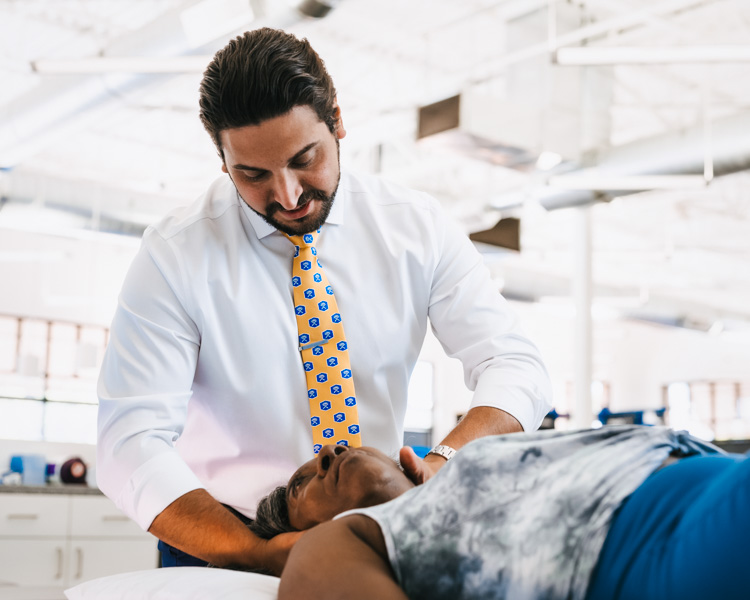Physical Therapy For Neck Pain
Along with low back pain, neck pain is one of the most common musculoskeletal diagnoses in the United States, with about 70% of the population experiencing at least one episode of neck pain and 15% experiencing chronic pain. Whether it be from poor posture at work, intense physical activity, or the infamous “texting neck,” it can make it difficult to complete daily tasks. Neck pain can generally be grouped into one of three categories: mechanical neck pain, radiculopathy, and whiplash.

